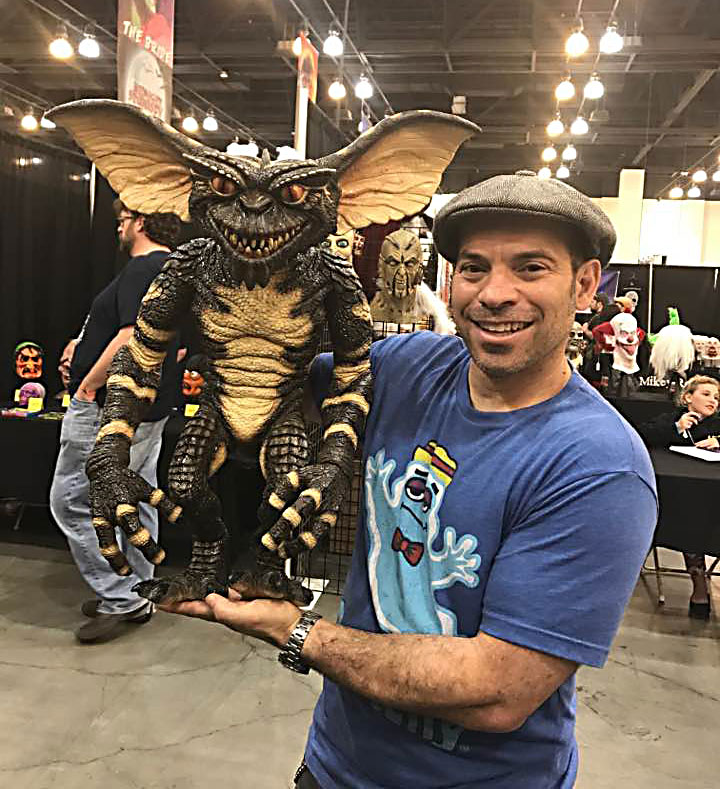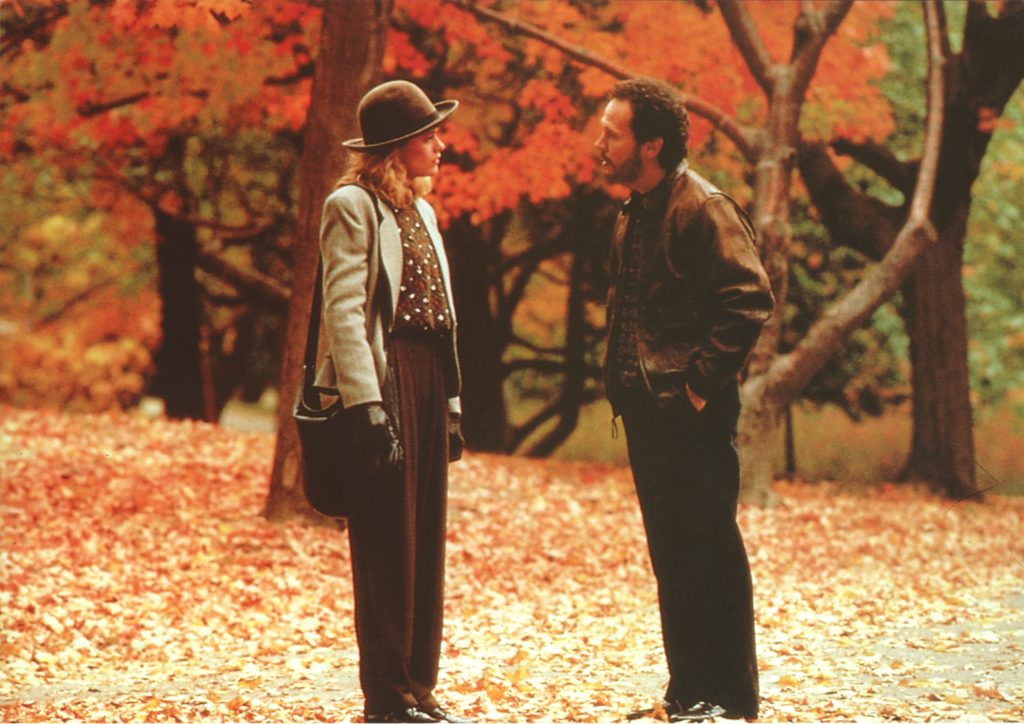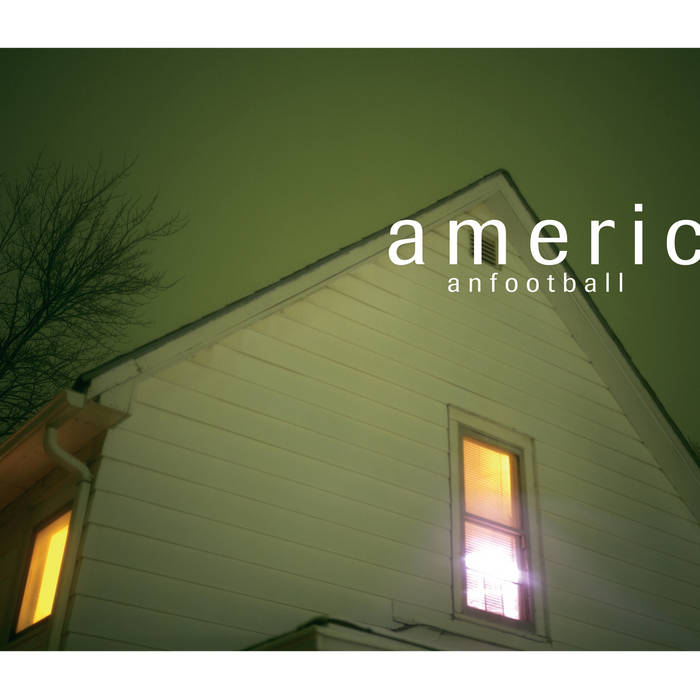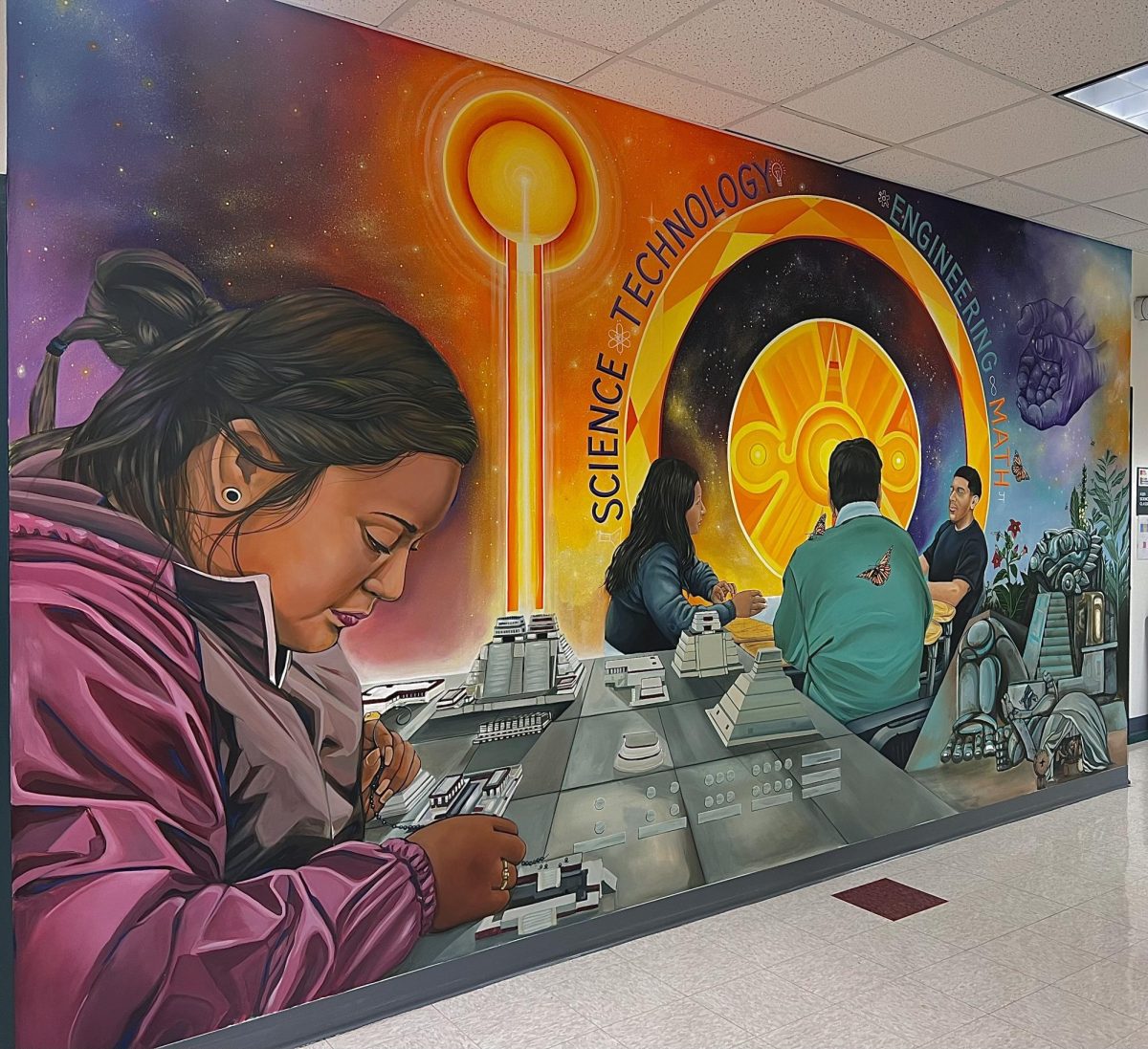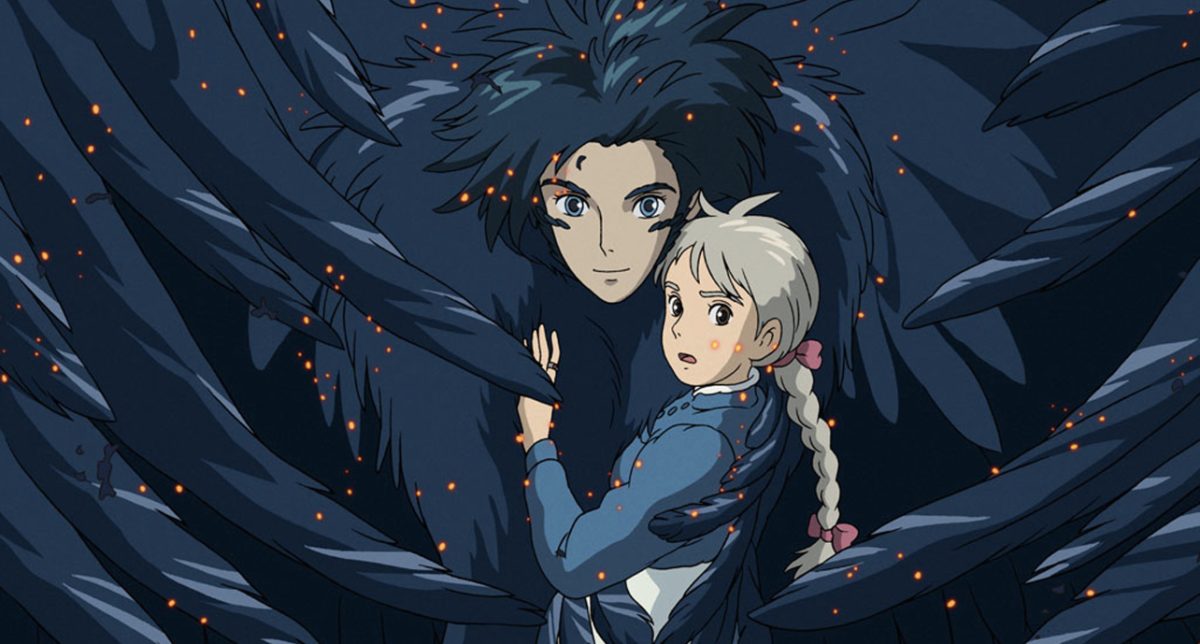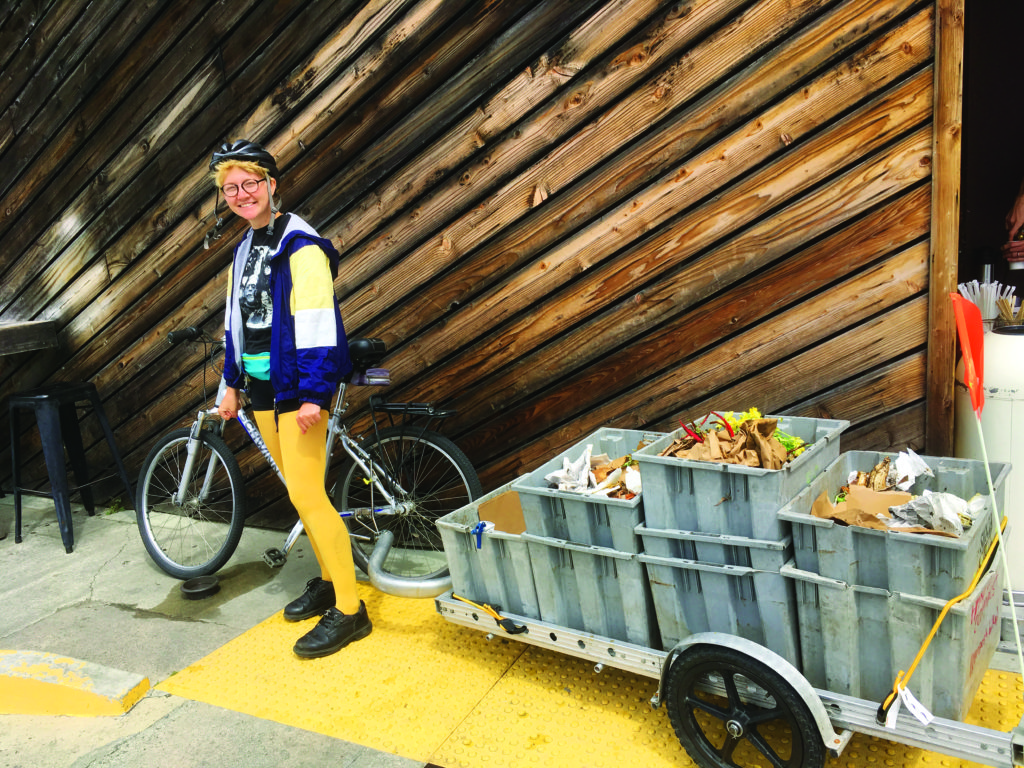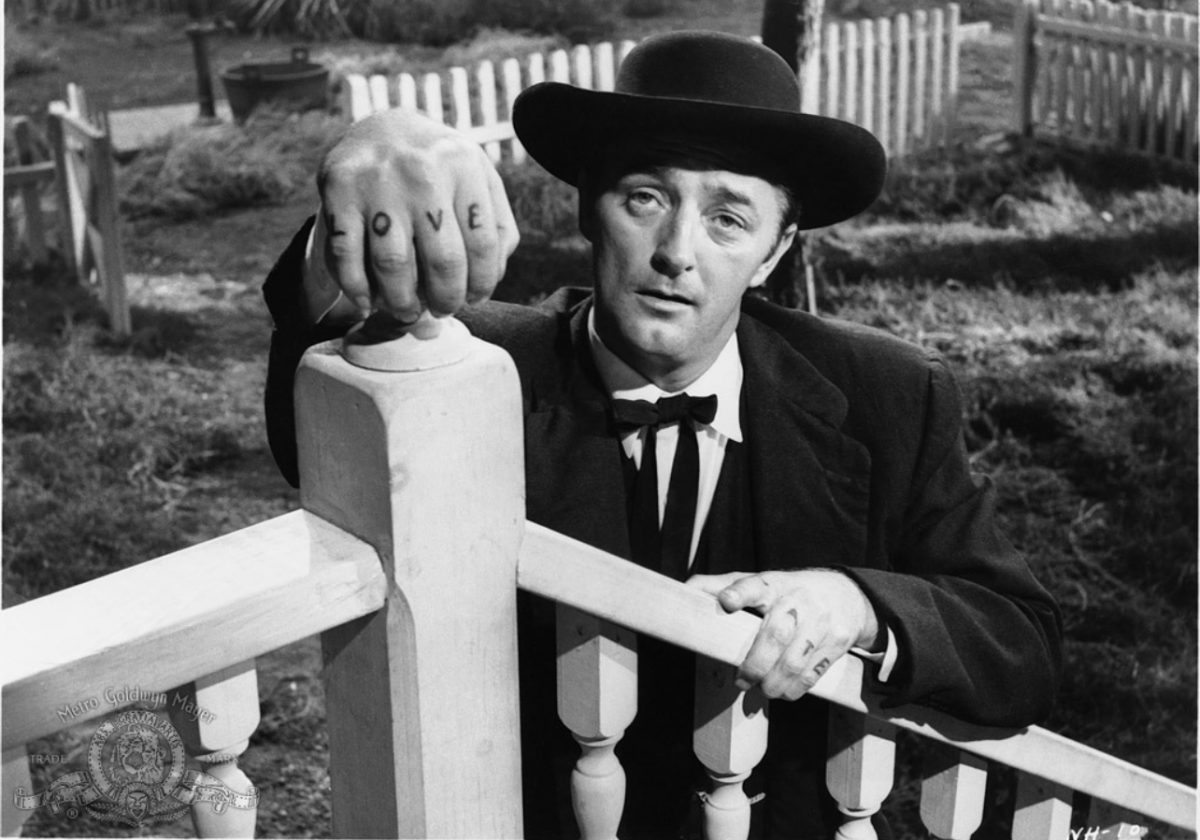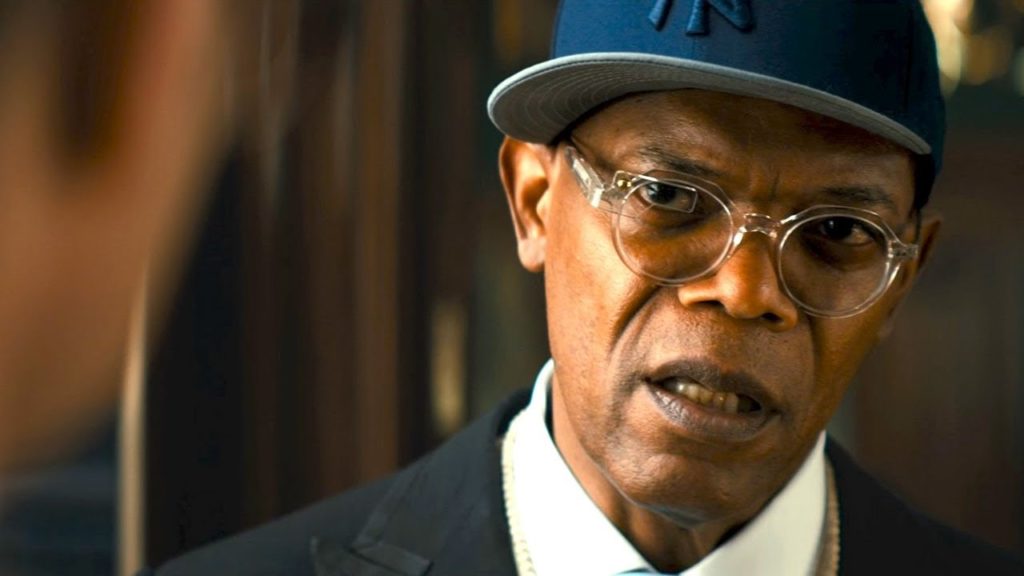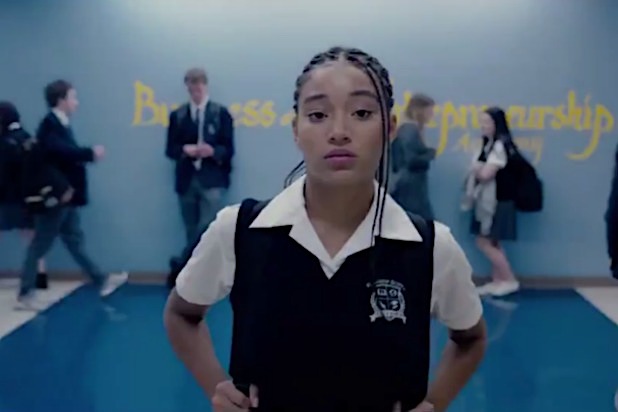Chris Zephro might have been called a spooky child by some. By the age of eight, he was leaving nighttime treats for Krampus, the Yuletide demon of Alpine tradition that punishes bad children. Jolly Saint Nick got nothing from Chris!
Decades later, as president of Trick or Treat Studios, he’s paying homage to the devilish creature in a new way, overseeing the creation of a premium Krampus mask that will take its place alongside latex zombies, skulls, aliens, killer clowns, and every imaginable nightmare creature.
While Santa’s workshop may be preparing for Christmas, a very different factory of horrors is buzzing with activity, a mere two and a half miles from Cabrillo College as the bat flies. Trick or Treat Studios is a creepy corner of heaven for anyone who loves monsters, dark fantasy, or even heavy metal music.
Ten years ago, Chris was caught in a trap of corporate employment—his own personal nightmare. By that time, however, he had mastered the skills of marketing, finance, operations, and supply management. Being the child of Hollywood-employed parents, and growing up among their movie industry friends, Chris moves easily and knowledgeably among film producers and marketing executives.
He applied those skills in launching Trick or Treat with mask sculptor/designer Justin Mabry, and the result has been one of constant growth and creative expansion.
Familiar faces in the ever-growing gallery of masks are authentic, spot-on replicas of horror icons like Chucky the doll from the Child’s Play movies, Billy the Jigsaw puppet, and the all-time bestseller, a meticulous recreation of the Michael Myers mask, accurate down to the weathering, wear and tear sustained over the years between Halloween I and II.
Returning to a Christmas theme, Trick or Treat has created actual-size figures of the good and bad creatures Gizmo and Stripe from the Christmastime classic film Gremlins. Horror-themed greeting cards are next for the company, featuring recognizable characters and darkly humorous sentiments.
When Zephro conceived his idea for the company, he determined to create the highest quality masks possible—the kinds of masks he always wanted but could never find. In an industry filled with cheap, easily breakable, and cartoonishly sculpted products, he uses thick, sturdy plastics for vacuformed masks, and quality silicone and natural rubber latex for head-covering masks, even when changes in the cost of rubber cut into his profits.
The original movie studios’ master molds are used whenever available, making movie-themed masks as identical to the originals as possible. Trick or Treat’s original sculpts take as long as a few days to several months to prepare for the mask production process.
And the final proof that Trick or Treat creates the most amazing masks and prop replicas to be found? There are four Academy Award-winning sculptors among the many artists on the Trick or Treat staff.
Trick or Treat’s success is a reminder to follow your dreams—even if they’re nightmares.

